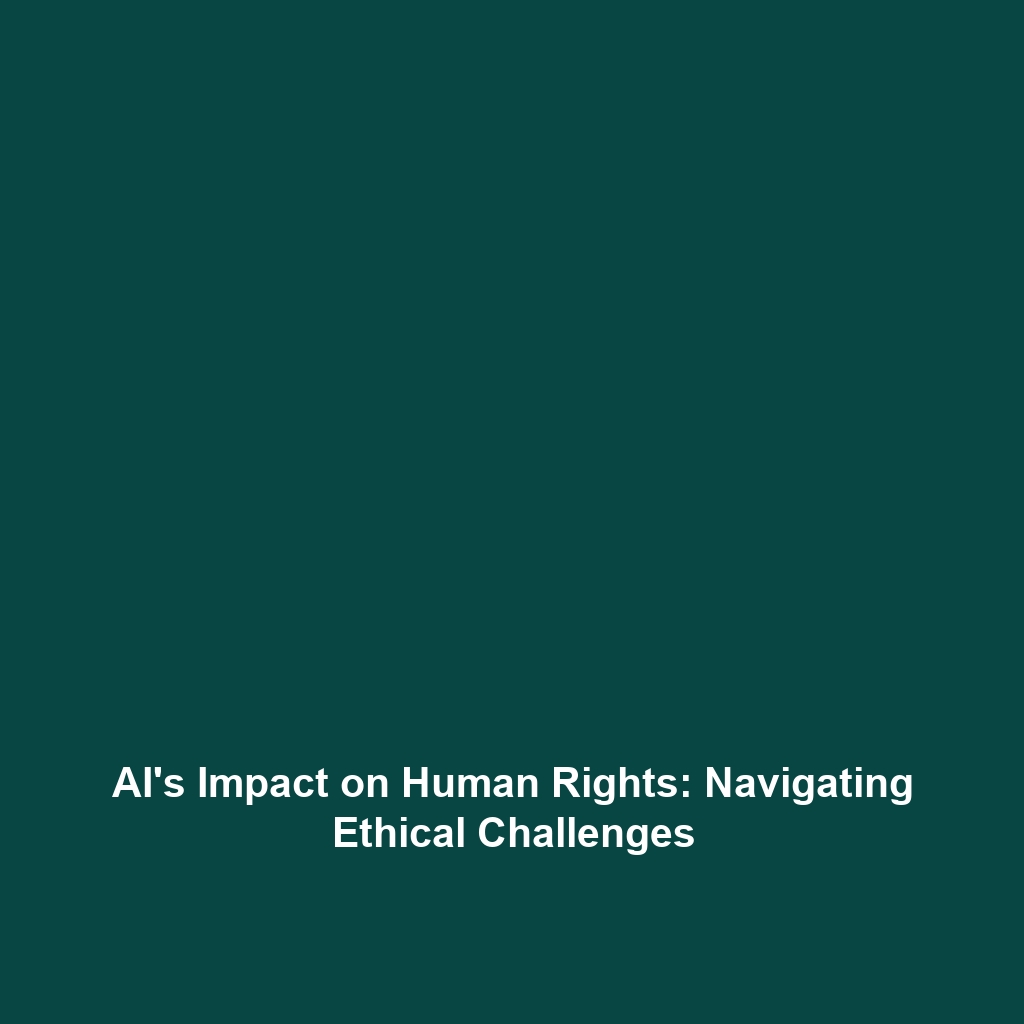End-to-End Encryption (E2EE): Revolutionizing Secure Messaging Systems
Introduction:
In today’s digital age, End-to-End Encryption (E2EE) has emerged as a critical component in protecting user privacy and ensuring secure communication. Messaging platforms such as Signal and WhatsApp utilize E2EE to guarantee that only the intended recipients can access the exchanged messages. As cyber threats proliferate, understanding how E2EE fits within the broader context of cryptography becomes essential for both individuals and businesses striving for secure communication.
Key Concepts of End-to-End Encryption
To appreciate the significance of E2EE, it is important to grasp its core principles:
Definition and Mechanism
End-to-End Encryption (E2EE) encrypts messages on the sender’s device and only decrypts them on the recipient’s device. This ensures that intermediaries, including service providers, cannot read the content. The fundamental elements include:
- Public and Private Keys: Each user has a pair of keys; public key for encrypting messages and a private key for decrypting them.
- Cryptographic Algorithms: E2EE relies on advanced algorithms like AES (Advanced Encryption Standard) for securing messages.
Applications and Real-World Uses
End-to-End Encryption is pivotal in various real-world applications, significantly enhancing privacy and security in digital communications:
- Secure Personal Communication: Individuals use E2EE for confidential conversations, knowing their messages are protected.
- Business Confidentiality: Organizations rely on E2EE tools to safeguard sensitive information from competitors and cybercriminals.
- Human Rights Protection: Activists in oppressive regimes utilize E2EE platforms to communicate without fear of surveillance.
Current Challenges
Despite its advantages, there are several challenges associated with E2EE:
- Law Enforcement Access: Authorities face difficulties in intercepting communications for investigations due to encryption.
- Usability Issues: For some users, the technology can be complex, leading to incorrect use and potential security risks.
- Dependency on Trust: Users must trust that the platform has correctly implemented algorithms without vulnerabilities.
Future Research and Innovations
Looking ahead, advancements in E2EE are expected to address current concerns and further enhance security:
- Post-Quantum Cryptography: Research into quantum-resistant algorithms aims to protect against future computational threats.
- Improved User Interfaces: Focusing on simplifying setups to enhance usability without compromising security.
- Interoperability Solutions: Work towards enabling secure communications across different messaging platforms.
Conclusion
End-to-End Encryption (E2EE) plays a vital role in the field of cryptography, transforming how individuals and organizations communicate securely. As digital privacy concerns escalate, the importance of understanding and implementing E2EE systems like Signal and WhatsApp becomes ever more critical. By embracing E2EE, we can protect our conversations from prying eyes and foster a secure digital environment. To learn more about the importance of cryptography in technology, check out our other articles on cryptography and secure messaging systems.





